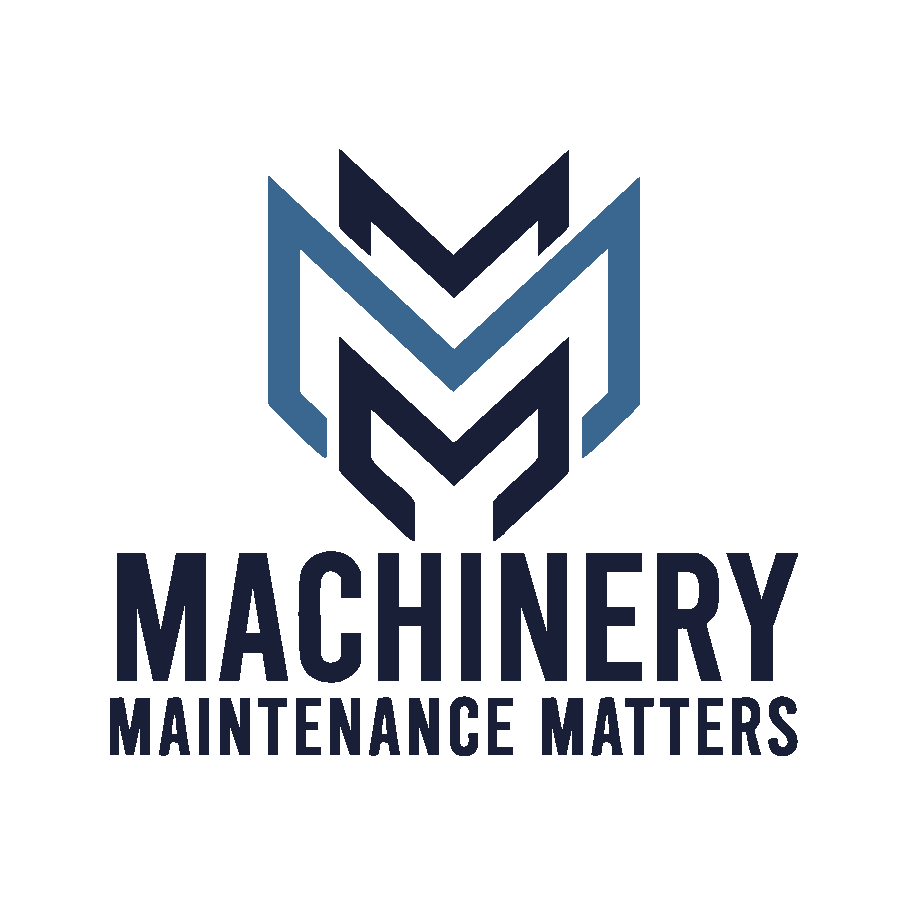Polymer technology is increasingly being used in heavy lifting equipment and other industrial machinery where it is replacing steel bearings for strength and durability in a growing range of demanding applications.
World leading polymer bearing manufacturer, igus, produces a wide range of polymer bearings that do not require external lubrication and are resistant to corrosion. This makes them ideal for environments where dirt, moisture or abrasive particles can quickly destroy traditional bearings. Manufactured from advanced tribologically-optimised polymers they deliver minimal wear and a long service life even under high loads in applications like lifting.
“In South Africa we found that one of the key advantages of polymer bearings in heavy lifting equipment is their ability to operate reliably in “dirty” conditions such as timber processing, construction and mining. Sawdust, sand or grit that might cause steel bearings to seize or wear prematurely have little effect on polymer surfaces. This ensures consistent reduced downtime and significantly lower maintenance costs,” says igus product manager, Juan-Eric Davidtz.
He adds that the versatility of polymer bearings extends across industries. They combine strength with lightweight design, resist chemicals, dampen vibration and can be tailored for specific load or temperature ranges. Importantly, they last longer than steel bearings in many real-world applications where lubrication is inconsistent or where contaminants are present.
Ten lifting applications where polymer bearings replace steel for longer life:
- Scissor lifts – pivot points and joints that handle high loads and repeated cycles.
- Forklifts – steering, mast and lift linkages especially in dusty or wet conditions.
- Boom lifts / cherry pickers – articulating joints that carry heavy platforms safely.
- Crane booms and hoists – corrosion-resistant, low-maintenance pivot points.
- Dock levellers – hinges and pivots exposed to continuous movement and debris.
- Hydraulic lift tables – bushings and pins that endure high compression forces.
- Mobile platform lifts – bearings that ensure smooth motion in all positions.
- Warehouse stackers – heavy-duty pivot points in compact, high-use environments.
- Material handling trolleys – lift mechanisms that resist wear from repetitive loads.
- Telehandlers / telescopic lifts – joints and pivots with long-lasting, lubrication-free operation.
“The adoption of polymer bearings in lifting equipment is all about educating engineers and service technicians who are used to using steel bearings and lubrications and are not yet aware of the higher performance abilities of our modern-day polymers. These are often much more durable and efficient and in some cases a simple switch to polymer bearings can save companies hundreds of thousands of Rands in maintenance savings. Wherever we work with companies to find solutions for their lifting equipment challenges we have our customer’s designers and operators comment that the machines operate more reliably and require less maintenance in tough industrial environments,” concludes Juan Eric.





